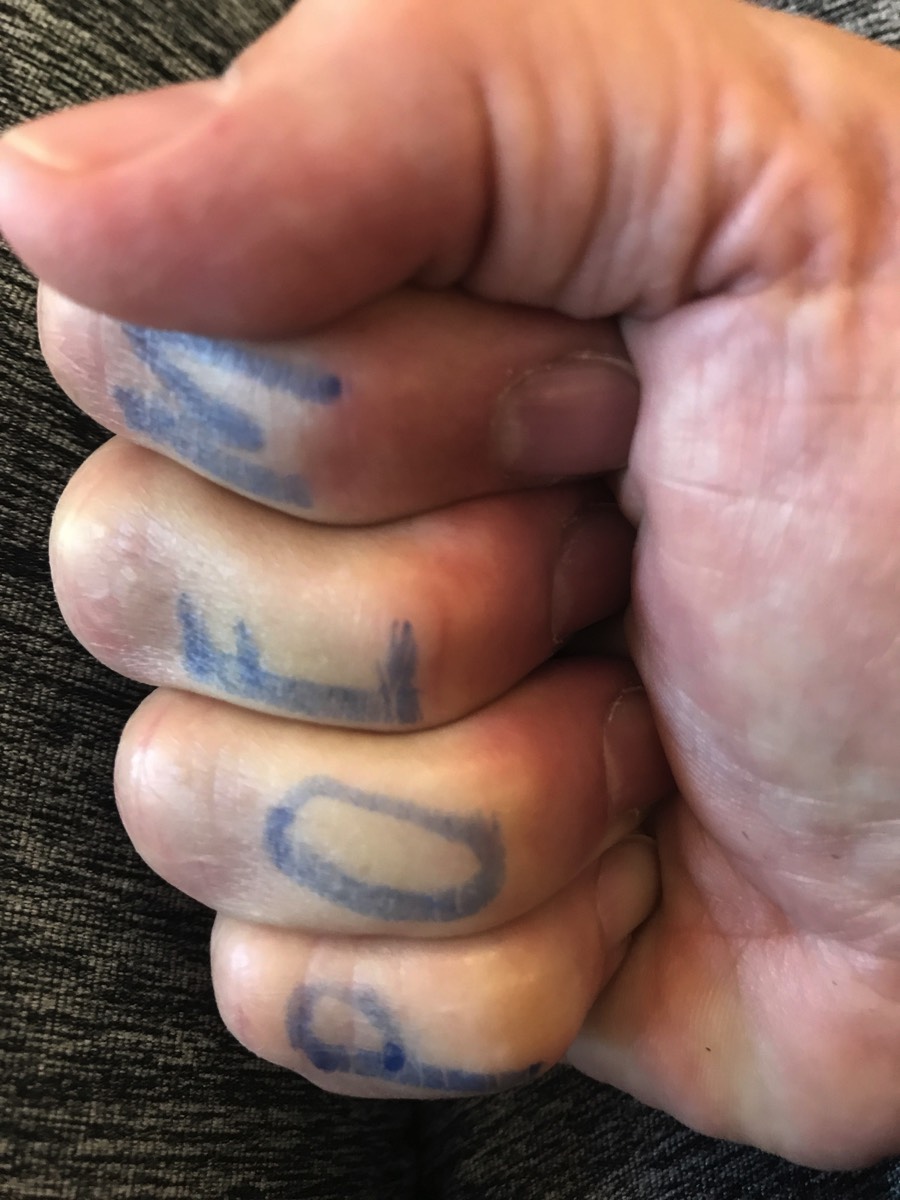
Expressive Arts and Treating Trauma
Trauma memories are sensory memories, meaning that people feel them in their bodies and react to them with their bodies. These experiences and memories get encoded in the body as sensations and imagery and are more easily accessed through non-verbal means. Expressive arts therapy allows victims to deal with trauma in the same deeply emotional way that they experience it, which in turn prepares them to address it more fully.
When trauma has occurred in childhood, the child didn’t have the necessary coping skills to understand and manage the conflicted feelings and thoughts they have about what is happening to them. Without the verbal language to express what is happening, the trauma gets stored in the body as visceral memories. The child will often try to escape from what is happening to ensure their survival – this escape is may arrive in the form of dissociating, not feeling, numbing etc. This coping mechanism follows them into adulthood making coping a challenge. Therapy through using the arts bypasses the cognitive, intellectual pressures and taps into the visceral body felt memories and feelings.
The clients get to explore their feelings and their perceptions and voice what potentially has been buried for a long time giving them a chance to process what has happened to them in healthy ways. To get in touch with the emotions and pain and work through them so they don’t have the same destructive or restrictive hold over them.
Creativity can help clients make the leap to full understanding and expression of their experiences which they may have been struggling with for years. Clients sometimes remark at how they hadn’t looked at what happened to them in just this way before and how seeing their story or feelings emerge in the art-making is validating. They are able to put their experiences outside of their bodies which is then reflected back to them in the artwork, sounds or movements. This gives them an opportunity to tell their stories and be heard in a supportive and therapeutic setting.
Another benefit to art-making with another (the therapist or group participants) is the enhancement of healthy attachments since experiencing trauma can rock the person’s sense of trust and relationship with others. By being witnessed and supported a new experience of attachment can be formed. Art making is a gentle, non-threatening way to explore painful material.
Through the arts clients get to practice forms of self-love and self-appreciation and discover hidden inner strengths – finding new confidence. They can develop new coping mechanisms and have an opportunity to evaluate traumatic experiences, explore and mourn losses through the development of meaningful rituals and permit themselves to grieve in a safe way. Clients find possibilities and potential for the reinvention and establishment of hopeful future. They learn to recognize impact of past trauma and leave it in the past, so it doesn’t impact present life like it used to.
The expressive arts are a powerful therapy modality and tool that can be implemented like no cognitive or medical treatment alone can.
If you would like to learn more about how you can benefit from Expressive Arts Therapy, please request a consultation and we can have a chat.



